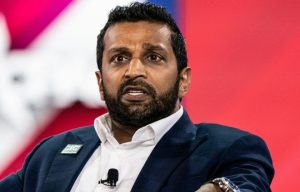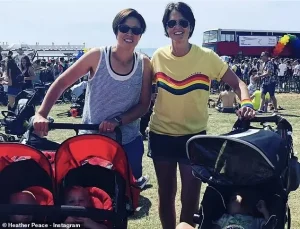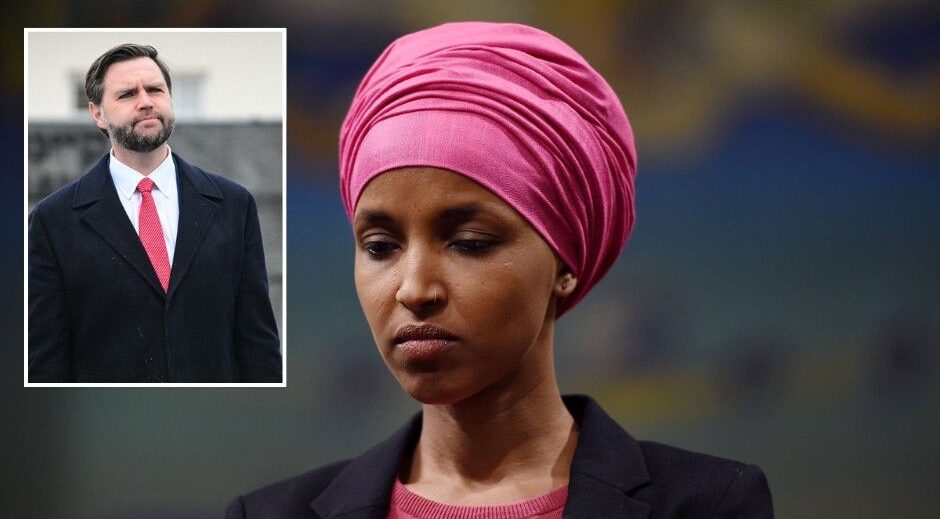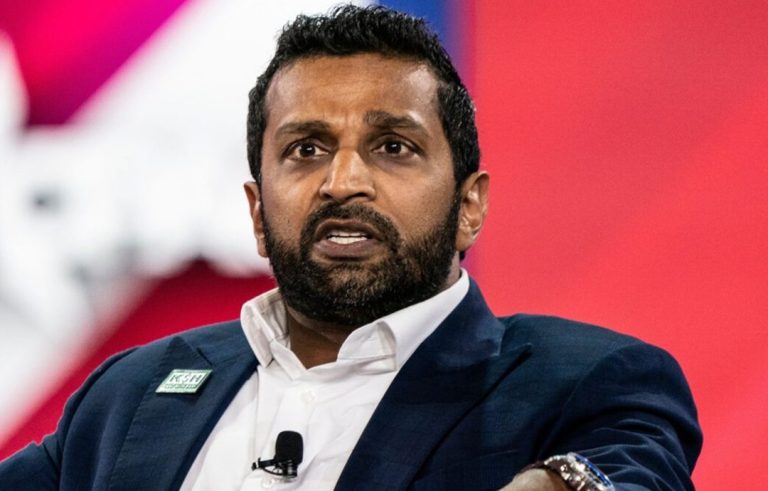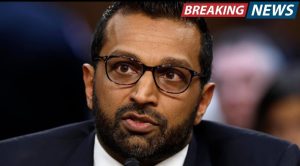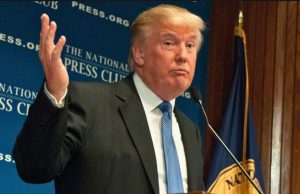NOTE: VIDEO AT THE END OF ARTICLE
A resurfaced video of a 2018 interview with Congresswoman Ilhan Omar has reignited public debate about domestic terrorism, national security, and the boundaries of political speech in the United States. The interview, originally conducted by Al Jazeera before Omar took federal office, featured her discussing perceived threats within the U.S. and the demographic trends surrounding extremist violence. In recent days, the clip has gone viral across social media platforms, particularly among conservative commentators and news outlets, drawing renewed scrutiny and mixed reactions.
In the interview, Omar stated that Americans should be “more fearful of white men” because they are often responsible for the majority of domestic extremist violence. She added that, if national policy were based on fear, as it often has been in response to Islamic extremism, then calls for monitoring or profiling would also logically extend to white men. Her comments were part of a broader conversation about counterterrorism and racial profiling in the United States.
The comments, which were made while she was serving in the Minnesota state legislature, have resurfaced several times since the original airing, but this latest wave of attention has reignited the debate amid a broader national conversation about extremism, freedom of speech, and accountability for public figures.
Data and Context
Omar’s remarks were based on publicly available data from that period. Studies, including those by the Center for Strategic and International Studies (CSIS) and the Anti-Defamation League (ADL), have reported that in the years leading up to and following 2018, the majority of domestic terrorist attacks in the U.S. were perpetrated by individuals affiliated with far-right or white nationalist ideologies.
For example, a 2019 report by the ADL found that all 50 of the extremist-related murders documented in the U.S. in 2018 were linked to far-right extremism. Similar findings were presented by the FBI and Department of Homeland Security, which have increasingly identified white nationalist violence as one of the top domestic terrorism threats.
Nonetheless, Omar’s comments about white men and radicalization have sparked a new wave of criticism. Some detractors argue that the remarks were racially insensitive and divisive, suggesting that they stereotype an entire demographic. Others claim that the context was omitted in many of the clips circulating online, leading to misinterpretation.
Political Reactions
The re-emergence of the interview drew swift responses from various political figures and media personalities. Among the most vocal critics was Vice President JD Vance, who described the remarks as “genocidal language,” accusing Omar of promoting hate against a particular group. He and others have used the clip to question Omar’s views on national unity and her role as a public servant.
Supporters of Omar have countered these criticisms by emphasizing the original context and pointing to the statistics she referenced. They argue that she was highlighting a real and documented threat and that her intent was to challenge inconsistent applications of national security measures, particularly when it comes to race and religion.
Omar herself responded to the controversy by reasserting that her comments were rooted in credible research and intended to shed light on a complex issue. She said the resurfacing of the clip without full context distorts her message and fuels unnecessary division.
Broader Implications
This incident has once again spotlighted the power of social media to revive and recontextualize past remarks made by public figures. It also raises ongoing questions about how discussions of race, violence, and national security should be conducted in the public sphere.
While it’s common for public officials to be held accountable for their statements, some observers warn that politically motivated resurfacings of years-old content can hinder nuanced debate. This concern is particularly relevant when clips are shared without accompanying context or clarification.
At the same time, others see this as a reminder that public officials should be cautious and precise in their language, especially when discussing topics as sensitive as race and terrorism. The public nature of their roles means that their words, even those spoken before holding federal office, can carry long-lasting consequences.
A Non-Partisan Issue?
Despite the political storm surrounding this video, the underlying issue of how the U.S. identifies and addresses domestic extremism remains deeply important—and, many argue, deserving of bipartisan attention. Whether from far-right, far-left, or religiously motivated actors, the threat of domestic terrorism has affected communities across the country.
Experts in counterterrorism continue to advocate for balanced, evidence-based policies that avoid racial or religious profiling while effectively mitigating threats. Public figures, in turn, play a role in shaping public understanding of these threats and influencing how institutions respond.
Conclusion
The resurfacing of Ilhan Omar’s 2018 interview is a vivid example of how past statements can reenter public discourse with new intensity, especially in the digital age. While reactions have been sharply divided along ideological lines, the core issues at stake—domestic security, racial justice, and responsible political rhetoric—remain pressing.
As the video continues to circulate, it will likely contribute to ongoing national conversations about the appropriate balance between public safety and civil liberties, the role of elected officials in shaping those conversations, and how historical remarks should be evaluated in light of present-day contexts.
